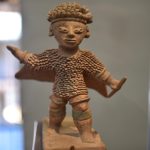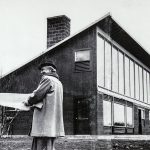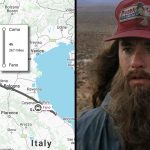Beck Weathers: The Improbable Survival of the 1996 Everest Disaster
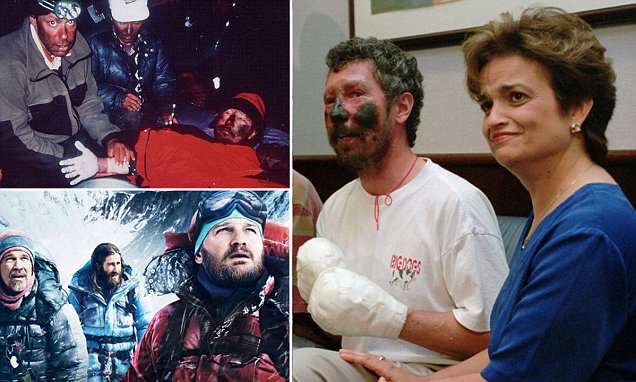
In 1996, Beck Weathers was left for dead on Everest. His team even called his wife to tell her he had perished. But hours later, frostbitten and barely alive, he stunned everyone by staggering back into camp.
The 1996 Everest disaster remains one of the deadliest seasons in the mountain’s history, claiming eight lives during a fierce storm. Among the survivors was Beck Weathers, a Texan pathologist and climber who had joined Rob Hall’s expedition.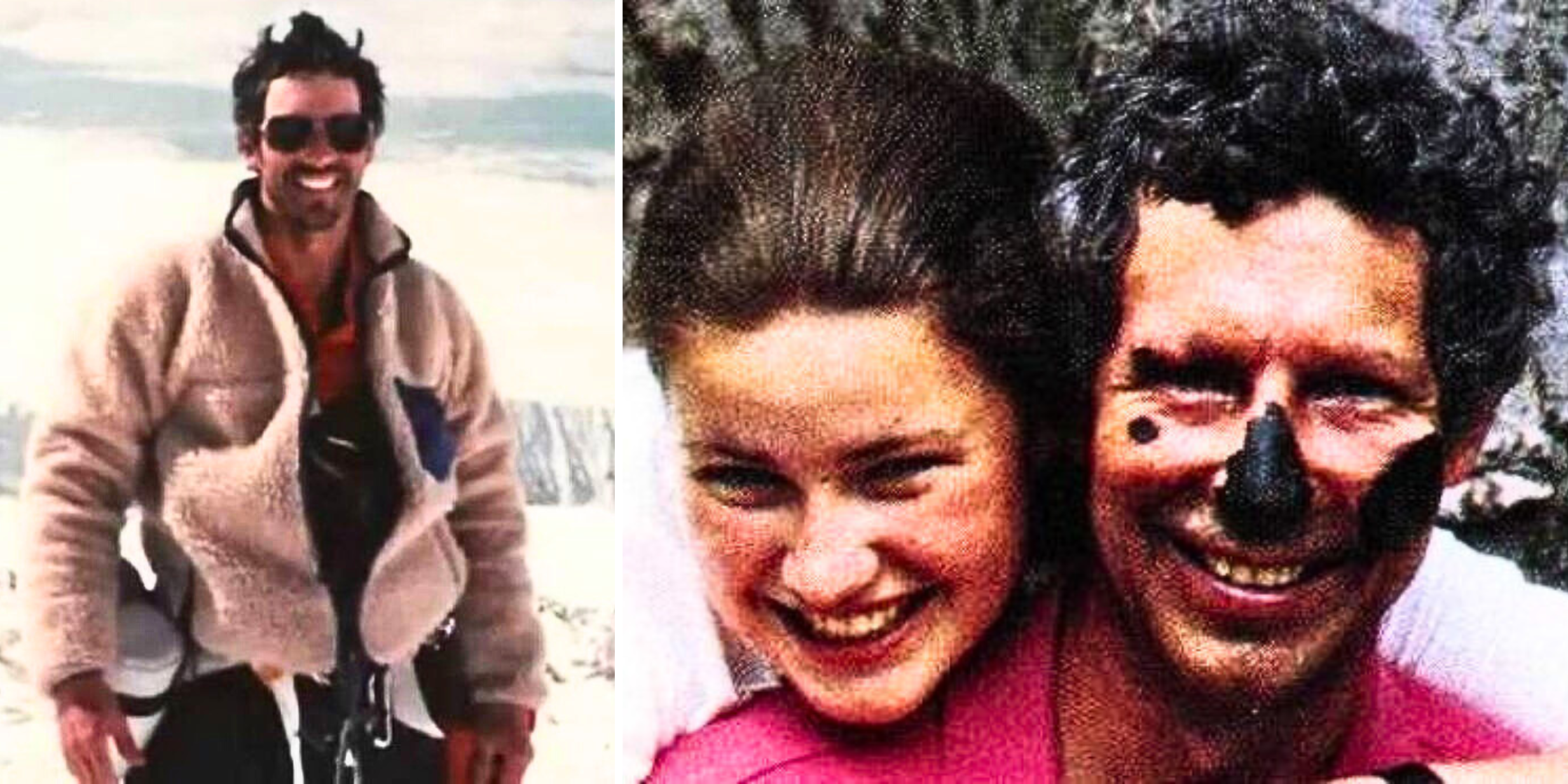
The Fight Against Death:
High on the mountain, Weathers was struck with near blindness due to a pre-existing condition exacerbated by altitude. Unable to continue, he was left on the slopes while the storm raged around him. At one point, fellow climbers believed him beyond saving and radioed his wife to deliver the grim news.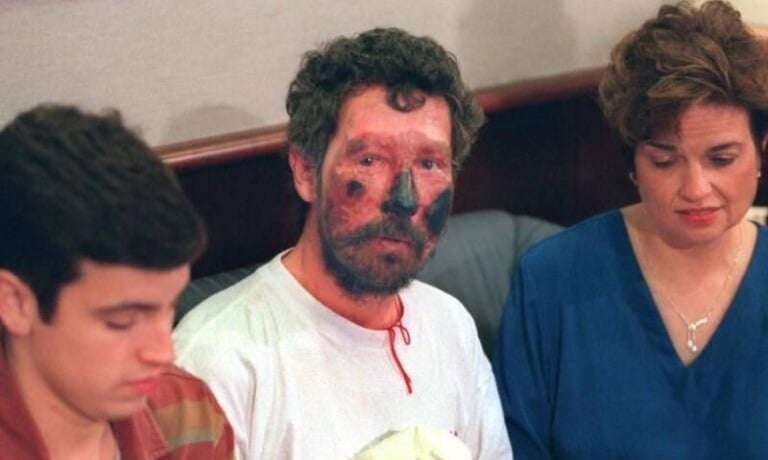
Yet in one of the most remarkable survival stories in mountaineering history, Weathers somehow regained consciousness in the freezing night. Despite severe frostbite, disorientation, and oxygen deprivation, he stumbled through the blizzard and miraculously found his way back to camp. His arrival utterly shocked his teammates, who had already accepted his loss.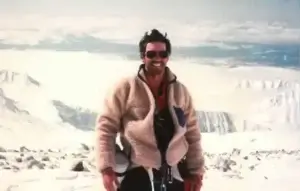
A Legacy of Resilience:
Weathers endured multiple amputations, losing his nose, parts of his face, and both hands to frostbite. His ordeal became symbolic of both the peril and the resilience of high-altitude climbing.
His survival was so improbable that Jon Krakauer’s bestselling book “Into Thin Air” devoted significant attention to it, cementing his story in Everest legend. He later shared his journey in the memoir “Left for Dead,” a powerful testament to human endurance in the most hostile environment on Earth.




